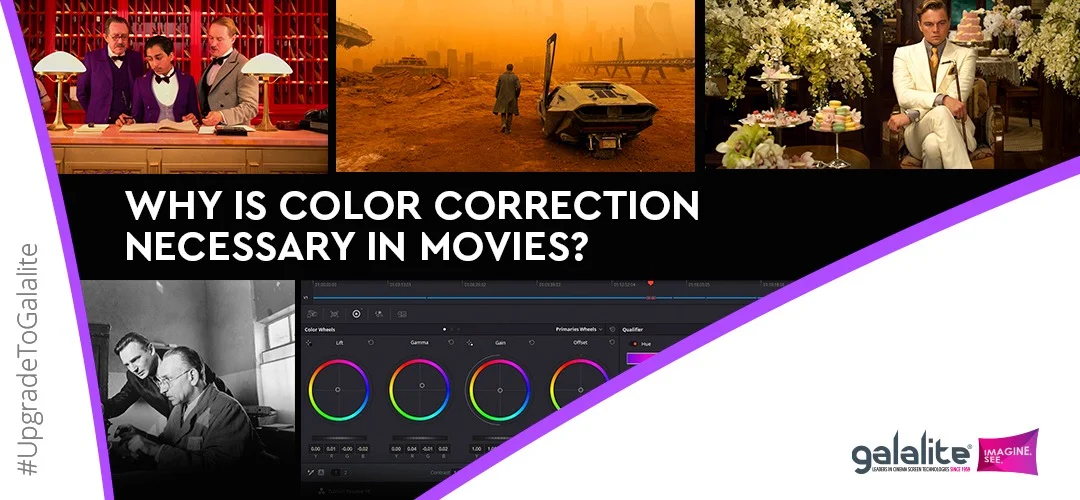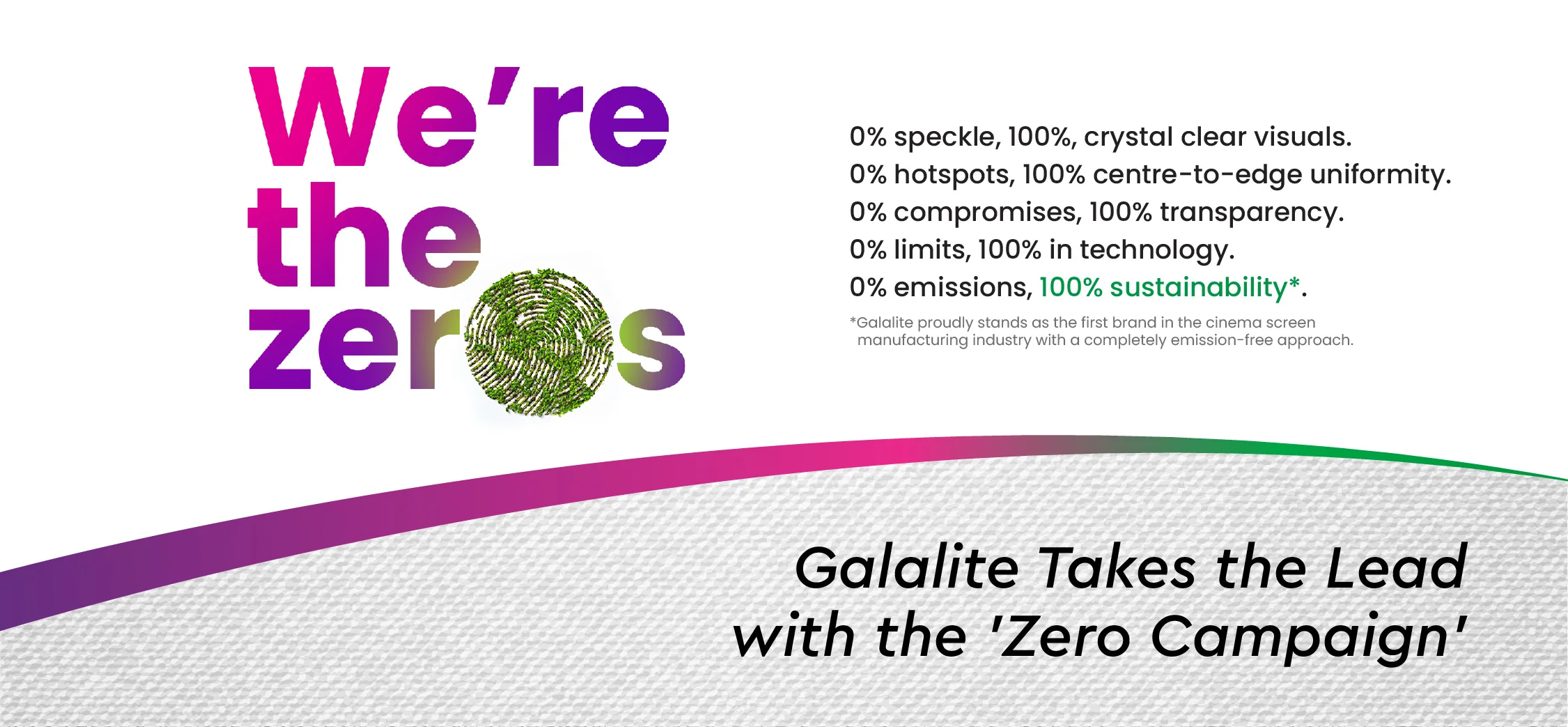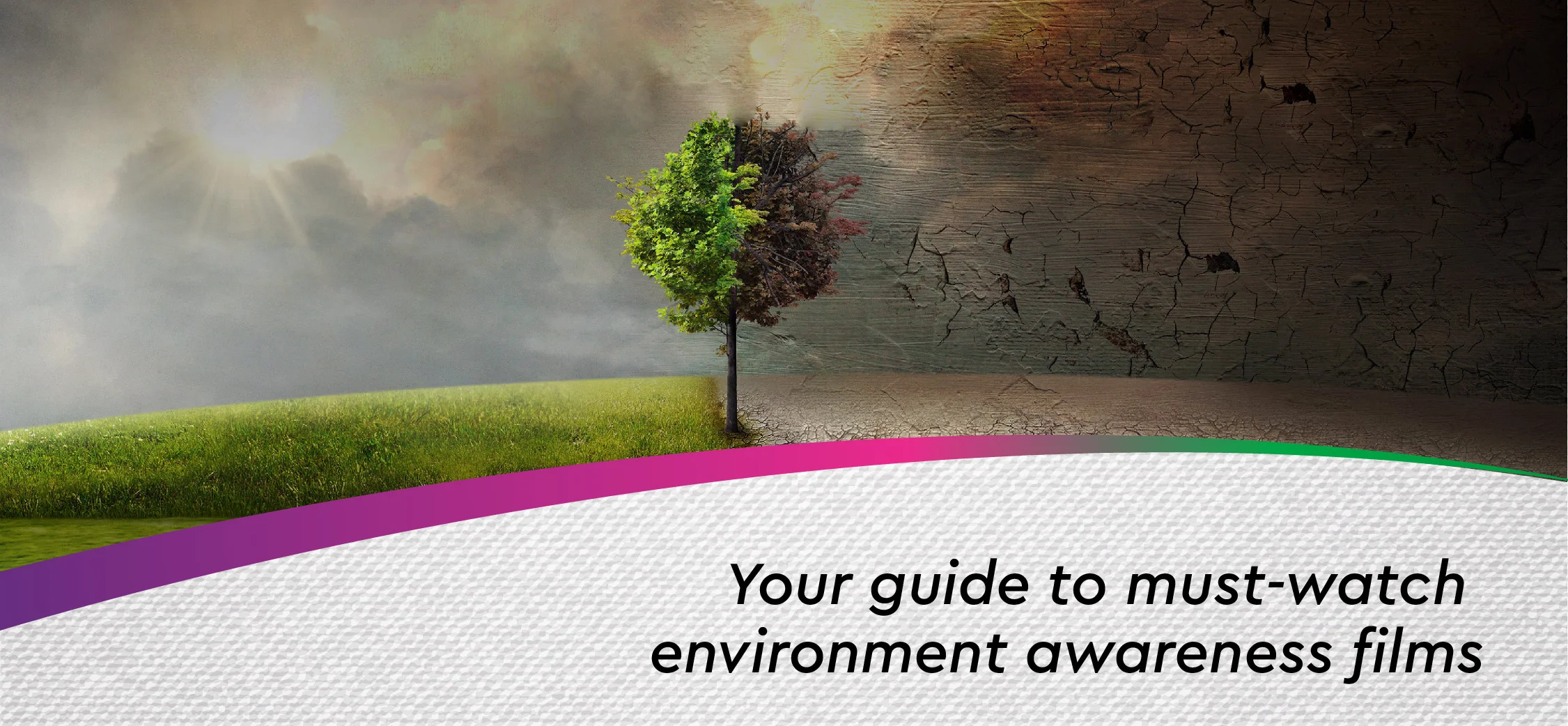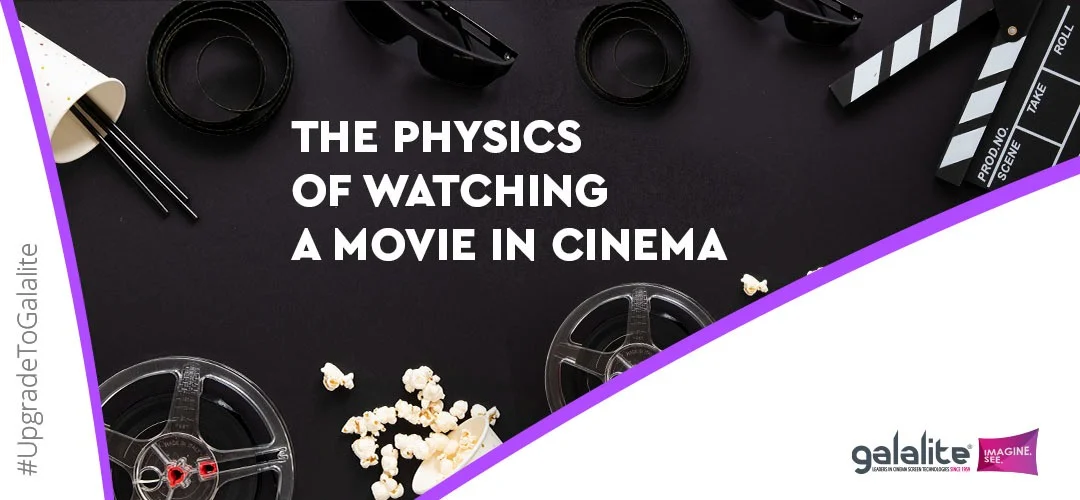
I. The Significance of Color Correction in Filmmaking
In the world of cinema, the art of storytelling goes beyond words—it extends to the visual language crafted by filmmakers. An integral component of this visual narrative is color correction, a process that involves adjusting the colors in a film to achieve a desired look. Let’s see the importance of color correction in filmmaking and how Galalite plays a crucial role in preserving the intricate details of color grading.
A. The Role of Galalite in Preserving Color Grading Details
Galalite, a leader in cinema screen technology since 1959, recognizes the nuances of color correction and its impact on the audience’s cinematic experience. With Galalite’s very own Lensray Technology that reduces speckle and enhances clarity thus reproducing the exact color details, Galalite contributes to the preservation of the filmmaker’s vision, ensuring that the intended mood, atmosphere, and visual elements are conveyed to the audience as it is.
II. Enhancing Mood and Atmosphere
A. How Color Correction Sets the Tone for a Movie
Color correction is a powerful tool that filmmakers use to set the mood and atmosphere of a movie. The choice of color palettes can evoke specific emotions, from warmth and nostalgia to tension and suspense. Galalite, with their accurate color reproduction allows audiences to experience the intended emotional impact of each scene.
Movies like “The Grand Budapest Hotel” and “Blade Runner” are known for their masterful use of color to enhance mood. Galalite’s screens ensure that viewers witness the full spectrum of these carefully crafted color choices, heightening the cinematic experience.
III. Consistency Across Scenes
Color correction is instrumental in maintaining consistency across different scenes, ensuring smooth transitions that keep the audience engaged. Galalite Screens with their centre-to-edge unformity contribute to a seamless viewing experience by preventing jarring visual shifts.
A. Avoiding Visual Distractions Through Consistent Color Grading
Inconsistencies in color grading can be distracting for viewers. Galalite’s role in preserving color grading details helps eliminate distractions, allowing audiences to focus on the unfolding narrative without disruptions.
IV. Reflecting Time and Place
A. How Color Correction Helps Establish the Era and Location of a Film
Color correction serves as a visual storyteller, helping filmmakers establish the time and place of their narratives. Galalite ensures that viewers experience the intended historical or geographical context through accurate color reproduction.
Movies like “The Godfather” are known for their meticulous attention to period-specific color grading.
For example, war based movies use desaturated colours, like “Napoleon” by Ridley Scott.
Galalite’s commitment to color accuracy ensures that viewers are transported to these distinct time periods with fidelity.
V. Focusing Viewer Attention
A. The Power of Color to Guide the Audience’s Gaze
Color correction is a strategic tool for directing the viewer’s attention. Galalite Screens contribute to this by rendering the intended focal points, allowing audiences to engage with the narrative as the filmmaker intended.
From the red rose in “American Beauty” to the green symbolism in “The Matrix,” filmmakers use color to convey deeper meanings. Galalite ensures that these color choices are faithfully reproduced, enhancing the storytelling experience.
VI. Conveying Emotions and Themes
A. The Emotional Impact of Color Choices
Colors evoke emotions, and color correction allows filmmakers to harness this emotional impact. Galalite Screens play a pivotal role in conveying the intended emotion, ensuring that audiences connect with the film on a profound level.
Films like “The Schindler’s List” and “The Great Gatsby” leverage color to reinforce thematic elements. Galalite’s commitment to color accuracy ensures that these details are preserved, allowing audiences to appreciate the depth of storytelling.
VII. Correcting Lighting Imperfections
A. Addressing Challenges Posed by Varying Lighting Conditions
Filmmakers often face challenges posed by varying lighting conditions during shooting. Color correction corrects these imperfections, and Galalite Screens presents them as intended.
VIII. Bringing Out Details
A. Enhancing Visual Details That Might Otherwise Go Unnoticed
Color correction enhances visual details ensuring that every element in the scene is brought to the front. Galalite Screens along with their Lensray Technology makes the visuals so clear and stunning, by rendering the intricate details, thus enriching the viewer’s cinematic experience.
Films like “The Grandmaster” and “The Revenant” utilize color correction to reveal hidden details. Galalite’s commitment to accurate color reproduction ensures that viewers don’t miss these subtleties, enhancing their appreciation for the craft.

Still from the movie – The Revenant
Image credits – THE REVENANT Trailer 2 (2016) Leonardo DiCaprio
YT channel – Entertainment Access
IX. Compensating for Capture Variations
A. Dealing With Inconsistencies in Footage From Different Sources
In multi-camera setups or scenes shot on different days, variations in footage color can occur. Color correction compensates for these variations, and Galalite ensures uniformity in color correction, presenting a cohesive visual narrative.
X. Creating Cinematic Style
A. Crafting a Unique Visual Identity Through Color Correction
Filmmakers use color correction to craft a unique visual identity, defining their cinematic style. Galalite Screens preserve this visual identity, allowing audiences to recognize and appreciate the distinctive styles of their favorite filmmakers.
Movies like “The Matrix,” “Amélie,” and “The Grand Budapest Hotel” are known for their distinctive cinematic styles. Galalite ensures that viewers witness these iconic styles with precision, contributing to a richer cinematic experience.
The role of color correction in filmmaking is indispensable—it shapes the visual narrative, conveys emotions, and establishes the film’s unique identity. Galalite’s dedication to preserving color grading details enhances this process, providing audiences with an authentic cinematic experience.
By reproducing the filmmaker’s intended colors, Galalite contributes to the magic of cinema, ensuring that every scene tells the story as it was meant to be told.
Related articles



